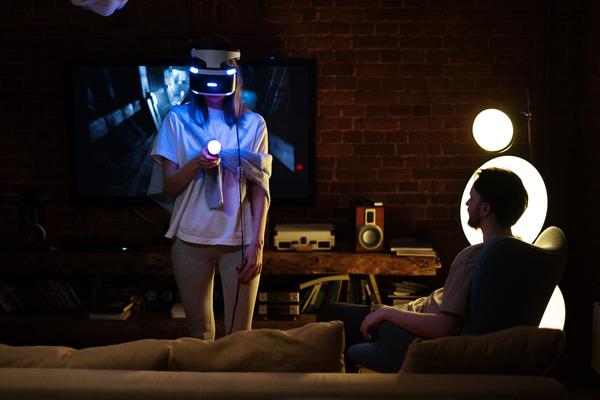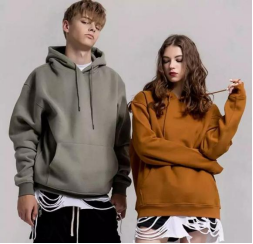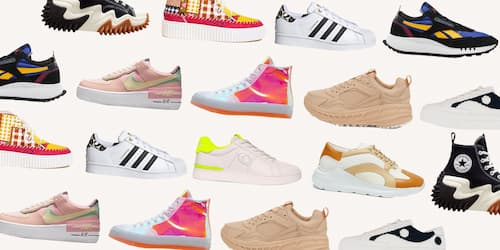The metaverse becomes a laboratory for real-world products | The financial
The online platforms that are harbingers of the metaverse vision for the future of the internet are already serving as workshops for developing real-life products.
The barrier between the digital and the tangible is shrinking. From sneakers sketched in the virtual world but produced in the real world, to designers anticipating clothes in avatars before they're made.
"In real life it is extremely expensive to make any product," said French haute couture designer Julien Fournie, who runs his own fashion house.
The web is "an open place to try things out virtually and recreate an extremely precise connection to real-life experience," he added.
The clamor for virtual goods comes amid predictions that the metaverse, a virtual reality version of the internet, will eventually replace today's web.
In recent months, a growing number of brands have tried to establish a presence on the biggest platforms, from Roblox to Fortnite, for fear of missing out on a major technological and social change.
How users interact with products online, what they search for and what they ignore, offers a relatively low-cost, risk opportunity for companies to develop products.

This is part of an underlying trend of exploiting data gleaned from the web "to develop better collections, to make better forecasts," said Achim Berg, a partner at consulting firm McKinsey & Company.
The coronavirus pandemic helped bridge the gap between the virtual and the real and prompted many designers to create in three dimensions, in the absence of being able to meet physically, Berg added.
In late February 2021, studio RTFKT, along with Seattle artist FEWOCiOUS, released a limited edition of 621 pairs of virtual sneakers via their NFTs, digital items that can be bought and sold using blockchain technology.
One aspect of the operation was to match each digital pair sold one day with tangible shoes, which the shopper could pick up six weeks later.
"We think that the emotional bond with physical objects is still important and can increase attachment" to digital products, Benoit Pagotto, one of the founders of RTFKT, a company acquired by giant Nike in December, told The Wall Street Journal.
The Aglet application, which mixes virtual shoes and augmented reality, created its Telga shoes, in the style of giants like Adidas or Reebok.
It now plans to make real sneakers, said company CEO Ryan David Mullins, noting that a first batch of 500 had been sold before production began.
"Once you can quantify the demand on these platforms it's much easier to build the pipeline to manufacture them in the real world," he observed.
Aglet noted that the company is starting to work with younger designers as the cost of entry to building their own physical brand may be too expensive for them.
"But starting to design virtually is much easier," he added.
Another variant of online growth is the high-end fashion platform Farfetch, which in August launched a formula for reserving digital-only items from Balenciaga, Off-White or Dolce & Gabbana.
That platform collaborated with the DressX studio, which designs virtual clothing, to make the representation as convincing as possible.
Parts are then made in the shop only if they match what was ordered. That's especially attractive for high-end brands.
That way of working can also help avoid overproduction and unsold goods, factors that have become a concern for the associated environmental costs.
Not everyone, however, is convinced of making the digital tangible.
"Digital items can be worn, collected and traded in the metaverse, so there's no need for physical counterparts," said The Fabricant, a virtual fashion house,
The Dutch company sees the permeability between the virtual and real worlds as a good thing when people choose to "bring the aesthetics of the virtual world into their physical lives."
tu-neo/jm/md/gm/dg




